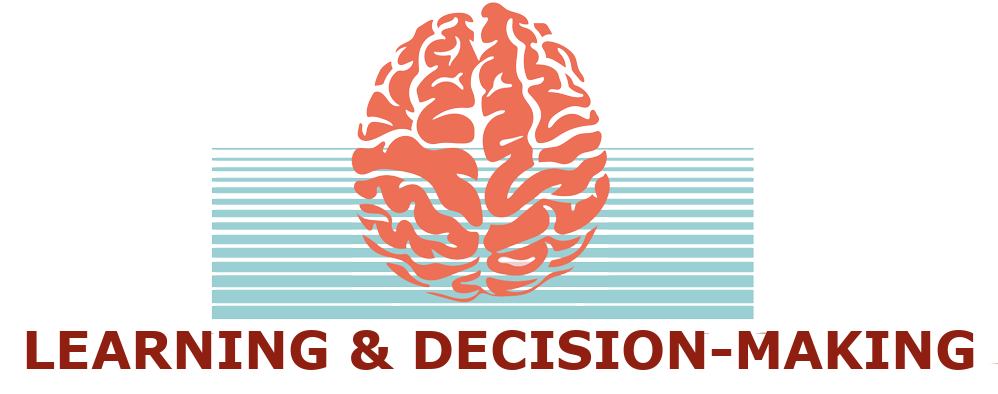Research
Every day, we are faced with a bewildering number and complexity of decisions. So how do we decide what action is best? In our lab, we study the neural and computational mechanisms that drive our rational and irrational decisions. We want to…
understand the cognitive and computational principles that allow for adaptive decision-making
find out the neural chemistry (of dopamine and serotonin) and (frontostriatal) circuitry involved
characterise altered decision-making in psychiatric disorders like OCD, autism and depression
with the ultimate aim of improving diagnosis and treatment.
Having said that, you have to start somewhere… Here are some of the topics and questions that we are working on:
Reversal learning and cognitive flexibility.
How do we flexibly adapt to changing environmental demands, and why do we often fail to do so?
Motivational control of action:
Prospects of reward elicit approach, while threat of punishment holds us back. How do such motivational biases arise and how are they controlled? Are these biases hardwired or can they also emerge through biased action-outcome learning?
Cognitive control
Can we adaptively suppress or recruit motivational biases of action? What role does selective attention play in this? How do we decide how much cognitive effort to invest for a particular task or decision?
Computational psychiatry
Many if not most psychiatric disorders are characterised by altered motivational processing, and in this line of work, we aim to pinpoint the computational mechanisms that subserve these changes in psychiatric disorders like OCD and depression.
Inference
The efficiency and flexibility with which we infer (or generate) meaning during language comprehension (or production) is remarkable. This ability appears to defy the dual-system dogma in cognitive control of either cognitive (flexible, slow) and habitual (fast but inflexible) responding. This new line of research embedded within the Language in Interaction consortium, aims to bridge the fields of linguistics and cognitive control, leveraging recent advances in our understanding of sequential model-based action planning and associated cognitive map-related neural mechanisms.
Our tools
Typically, in cognitive neuroscience brain regions are categorised in terms of which psychological construct of the behaviour they are involved in (working memory, attention, learning). However, at the level of the neural circuitry, there is no ‘behaviour’, just computations and information processing, from which behaviour ultimately emerges.
We use computational modelling to try to deconstruct psychological / behavioural constructs into their latent, constituent computations. We then aim to map these computations, rather than the raw behaviours, to their biological basis in terms of neural circuitry and chemistry. The ultimate aim of this approach is to allow us to build models of computations at the level of neural circuits, to be able to predict and understand the emerging behaviour, and how this may be disrupted in psychopathology.
Therefore, at the heart of our approach are computational models, which we use in combination with any of the following tools to measure and intervene in behaviour and neural processing:
neuroimaging (fMRI, EEG, MEG)
psychopharmacology (serotonin, dopamine)
brain stimulation (deep brain stimulation, transcranial ultrasonic stimulation)
clinical (pre/post) treatment studies
population sample online assessments




